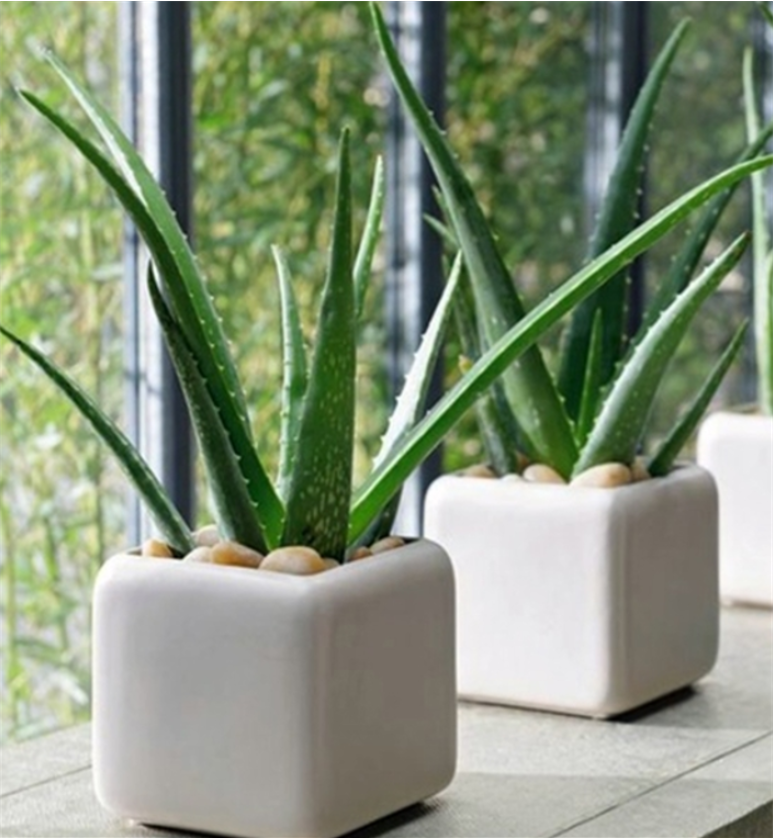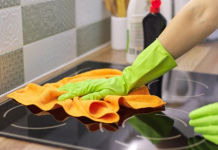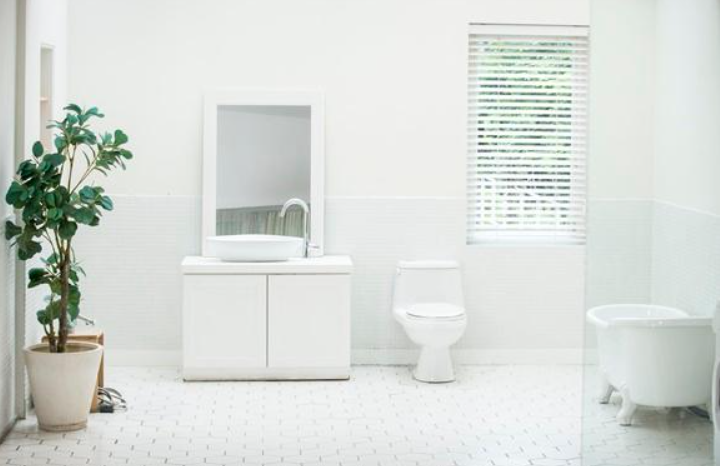If you decide to get a cat, you need not only to provide comfort and comfort, but also to think about safety. What is harmless to humans can cause serious damage to the health of your furry pet. Every purr-fect owner should know the list of poisonous plants for cats, because the life and health of the pet often depends on it.
Why does a cat eat plants
We used to think that a cat is a small carnivore and therefore should only eat meat and meat products. This is true, but sometimes an animal needs to eat plant foods as well.
Cats are not indifferent to indoor flowers in pots. Not only do they try to dig up the roots, but they also chew on the stems and leaves. This can be a problem for both the flower and the cat. Some houseplants are so toxic and poisonous to cats that they can lead to poisoning, allergies, illness and even death.
Carefully examine all the “inhabitants” of your windowsill. Maybe you should get rid of some of them right now.
In fact, cats are intelligent animals, so they are unlikely to eat plants that can cause harm. Nevertheless, caution in this matter does not hurt.
Are succulents toxic to cats, 5 poisonous houseplants for cats
1. Azalea

Azalea is a collective name for some beautifully flowering plant species of the genus Rhododendron.
Varieties based on the species (Rhododendron simsii) Azalea simsii are common as flowering indoor plants.
Causes vomiting, diarrhea, seizures, lung, heart, or kidney failure.
Causes dyspeptic disorders. May cause death of an animal.
Succulent plants
2. Jade plant (Crassula ovata or Crassula argentea)

Jade plant (Crassula argentea) is a shrubby succulent plant up to 180 cm tall. Its stems are woody, brownish underneath. The leaves are numerous, wedge-shaped, shiny, sometimes with a reddish border. Flowers are small, star-like, with a white or light pink corolla.
The juicy common name and brilliant cushions of bright leaves of succulent jade plants are admirable. But jade plants (Crassula ovata or Crassula argentea) are poisonous.
Dogs and cats who ingest a jade plant suffer from vomiting and depression.
3. Aloe (aloe vera)

Aloe (aloe vera) is a succulent herbaceous plant, a species of the genus Aloe (Aloe).
Aloe vera is a popular plant to grow at home. This flower, known for centuries, has a number of medicinal properties and is used both in non-traditional folk medicine and in traditional and cosmetology.
A plant that is good for humans is dangerous for cats.
The juice of the toxic plant contains poisonous substances – saponins. Poisoning causes diarrhea, vomiting, lethargy, depression, impaired coordination and seizures.
Succulents and cats
4. Violin Leaf (Philodendron bipennifolium)

Violin Leaf (Philodendron bipennifolium) – Philodendron (Latin: Philodéndron) is a large genus of evergreen flowering perennial plants in the Araceae family. According to the maximum estimate, the genus includes about 900 species. Philodendrons include both greenhouse and indoor plants.
Philodendron bipenifolium. A beautiful, fast-growing plant. Does not require special care. Grows into a fairly large tree.
It is a tree-like plant with an erect stem. The leaf is up to 45 cm long, deeply incised, on a long stem.
Its sap, when in contact with the skin, causes a burn that is difficult to heal. If swallowed, the animal also experiences unpleasant symptoms such as impaired breathing and difficulty eating.
Succulent identification
5. Snake plant (Aunt’s Tongue), (Sansevieria trifasciata)

Snake plant (Aunt’s Tongue), (Sansevieria trifasciata) is a genus of stemless evergreen perennial herbaceous plants of the Asparagus family. Plants of this genus are found in dry stony regions of tropical and subtropical Africa, Madagascar, India, Indonesia and South Florida. In Africa, plants of this genus are used for making coarse cloth, rope and rope.
One of the best known species, Sansevieria trifasciata, is an unpretentious indoor plant. It cleans indoor air, including plastic window frames, this species has the ability to actively absorb carbon dioxide and a number of toxic substances for humans, releasing oxygen from the air. It is one of the few plants capable of removing carbon dioxide overnight.
According to a recent laboratory study, sansevieria absorbs carbon dioxide only during the daytime during photosynthesis and actively releases carbon dioxide at night. In the same study, sansevieria showed very good formaldehyde removal during the day phase and its invariance at night.
The animal experiences pain in various parts of the body. Vomiting and diarrhea occur. Allergic dermatitis also occurs.
Important!!!
Even if your cat is never outside, she may encounter a dangerous garden flower in the bouquets and flower arrangements you bring home.
Don’t let cats drink water from a vase! Flower stores add special preparations to flower water – they are toxic to cats.






